Superorder Paleognathae Family †Megalapterygidae Scientific name Megalapteryx didinus Rank Species | Phylum Chordata Order †Dinornithiformes Genus †MegalapteryxHaast Higher classification Megalapteryx | |
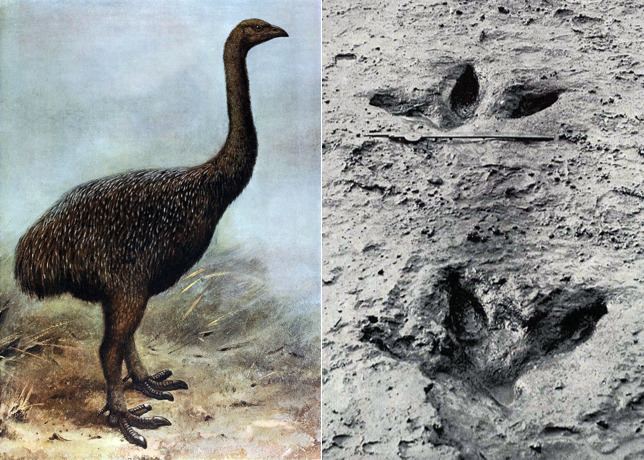 | ||
Similar Moa, Megalapteryx, Bird, South Island gia, Bush moa | ||
Zoo tycoon 2 let s play re arc park ep 4 upland moa
The upland Moa (Megalapteryx didinus) was a species of Moa bird endemic to New Zealand. It was a member of the ratite family, a type of flightless bird with no keel on the sternum. It was the last Moa species to become extinct, vanishing around 1500 AD.
Contents
- Zoo tycoon 2 let s play re arc park ep 4 upland moa
- Taxonomy
- Description
- Distribution and habitat
- Behavior and ecology
- Extinction
- Discoveries
- References
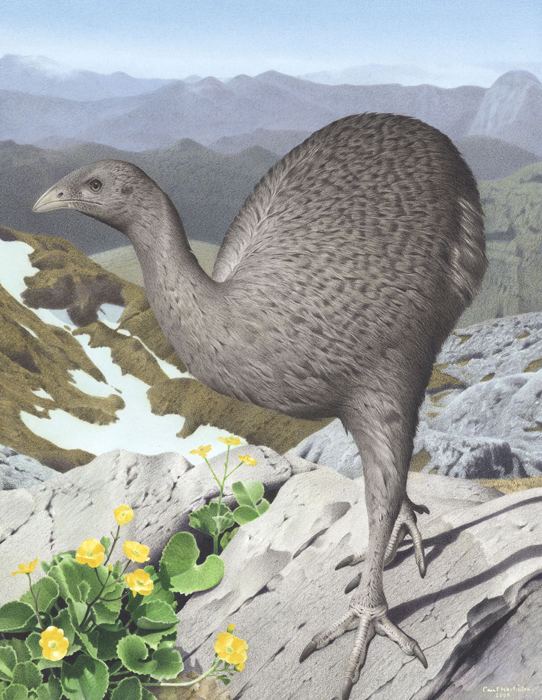
Taxonomy
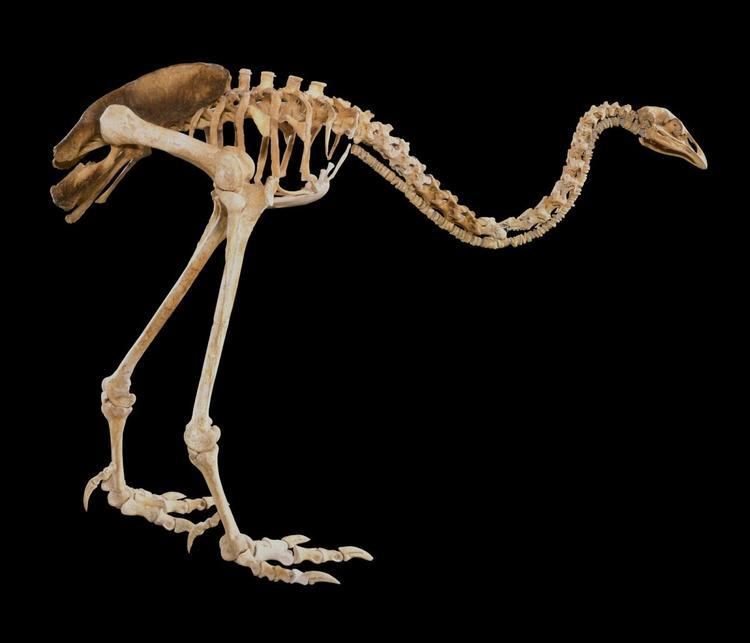
In 2005, a genetic study suggested that M. benhami, which had previously been considered a junior synonym of M. didinus, may have been a valid species after all.
The cladogram below follows a 2009 analysis by Bunce et al.:
Description
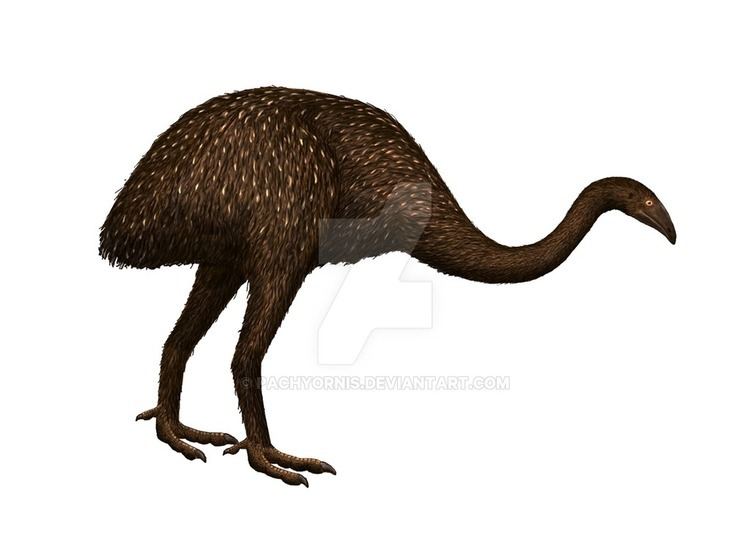
At less than 1 meter tall and about 17 to 34 kilograms, the upland moa was among the smallest of the Moa species. Unlike other Moas, it had feathers covering all of its body but the beak and the soles of its feet, an adaptation to its cold environment. Scientists believed in the past that the upland moa held its neck and head upright; however, it actually carried itself in a stooped posture with its head level to its back.This would have helped it travel through the abundant vegetation in its habitat, whereas an extended neck would have been more suited to open spaces. It had no wings or tail.
Distribution and habitat
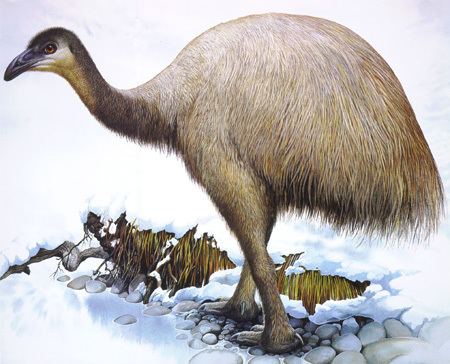
The upland Moa lived only on New Zealand's South Island, in mountains and subalpine regions. They traveled to elevations as high as 2000 m (7000 ft).
Behavior and ecology
The upland Moa was herbivorous, its diet extrapolated from fossilized stomach contents, droppings, and the structure of its beak and crop. It ate leaves and small twigs, using its beak to "shear[…]with scissor-like moves" (Te Papa Museum). Its food required grinding before it could be digested, as indicated by its large crop. A 2004 study of the upland Moa's coprolite provided evidence that branchlets of trees such as Nothofagus, various lake-edge herbs, and tussock made up part of its diet. This Moa usually laid only 1 to 2 blue-green colored eggs at once. Like the emu and ostrich, male Moa cared for the young. The upland Moa's only predator before the arrival of humans in New Zealand was the Haast's eagle.
Extinction
Humans first came in contact with the upland Moa around 1250 to 1300 AD, when the Māori people arrived in New Zealand from Polynesia. Moa, a docile animal, were an easy source of food for the Māori and were eventually hunted to extinction in 1500.
Discoveries
Several specimens with soft tissue and feather remains are known:
